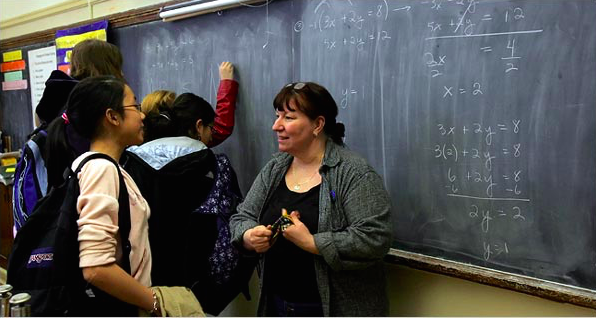The critical importance of nurturing relationships
Back in December, David DuBois shared a copy of what he called The Most Important Paper Published this Year that You Haven’t Read Yet! It was an article by Li & Julian and the title was “Developmental Relationships as active mechanism of change”. In that paper, the authors make the case that effective youth prevention hinges on the provision of what they termed *developmental relationships*. Here’s an excerpt from their paper:
“Emotional connection is necessary, but insufficient to account for the totality of how a developing person is relating to others in her community. A working hypothesis of relationships must also account for interactions, activities, and power. We begin with a classical and succinct theoretical definition of optimal dyadic interactions (Bronfenbrenner, 1979):
“Learning and development are facilitated by the participation of the developing person in *progressively more complex* patterns of *reciprocal activity* with someone with whom that person has developed a *strong and enduring emotional attachment* and when the *balance of power gradually shifts* in favor of the developing person (p. 60; emphasis added).”
The four criteria specified previously—attachment, reciprocity, progressive complexity, and balance of power—are simple without being simplistic. They describe a particular style of relationship that can apply to both dyadic and group relationships. Therefore, whereas Bronfenbrenner coined the term developmental dyad to denote this combination of criteria, we now broaden it as developmental relationship.” I thought I’d share another, similar paper written by Tony Biglan and colleagues. It’s entitled “The Critical Role of Nurturing Environments for Promoting Human Well-Being”. [Biglan, A., Flay, B. R., Embry, D. D., & Sandler, I. N. (2012). The critical role of nurturing environments for promoting human well-being. *American Psychologist, 67(4)*, 257-271. doi:10.1037/a0026796] Biglan and colleagues suggest that “*If we want to prevent multiple problems and increase the prevalence of young people who develop successfully, we must increase the prevalence of nurturing environments.”* They offer the following descriptors of nurturing environments: *“First, these environments minimize biologically and psychologically toxic events. Second, they teach, promote, and richly reinforce prosocial behavior, including self-regulatory behaviors and all of the skills needed to become productive adult members of society. Third, they monitor and limit opportunities for problem behavior. Fourth, they foster psychological flexibility—the ability to be mindful of one’s thoughts and feelings and to act in the service of one’s values even when one’s thoughts and feelings discourage taking valued action.”
It’s interesting to consider these points (and the points offered by Li & Julian) in the context of youth mentoring. Results from the meta-analysis by David and colleagues, as well as other outcome studies, point to the need to re-conceptualize youth mentoring. These articles will likely prove useful in that effort.










